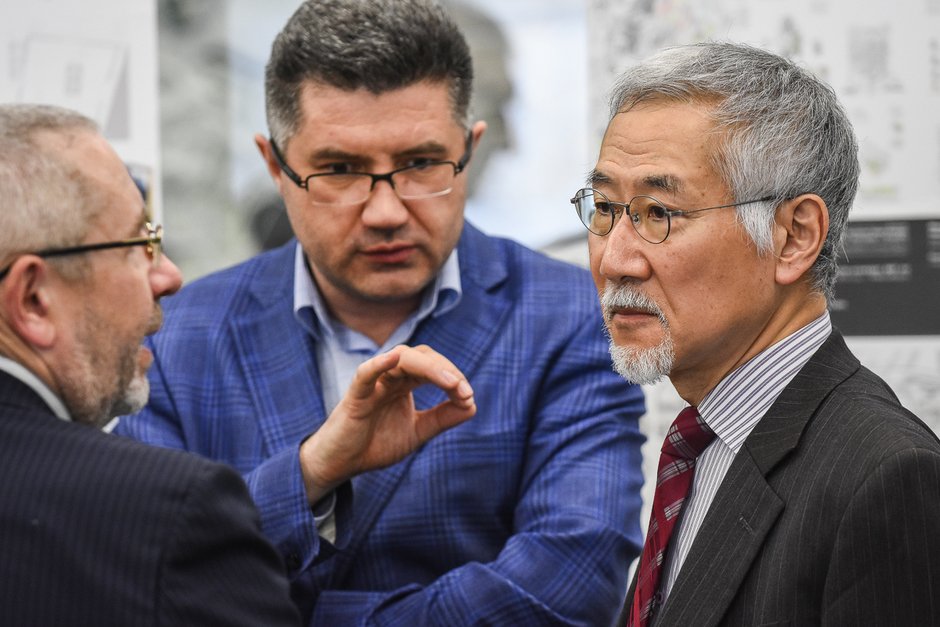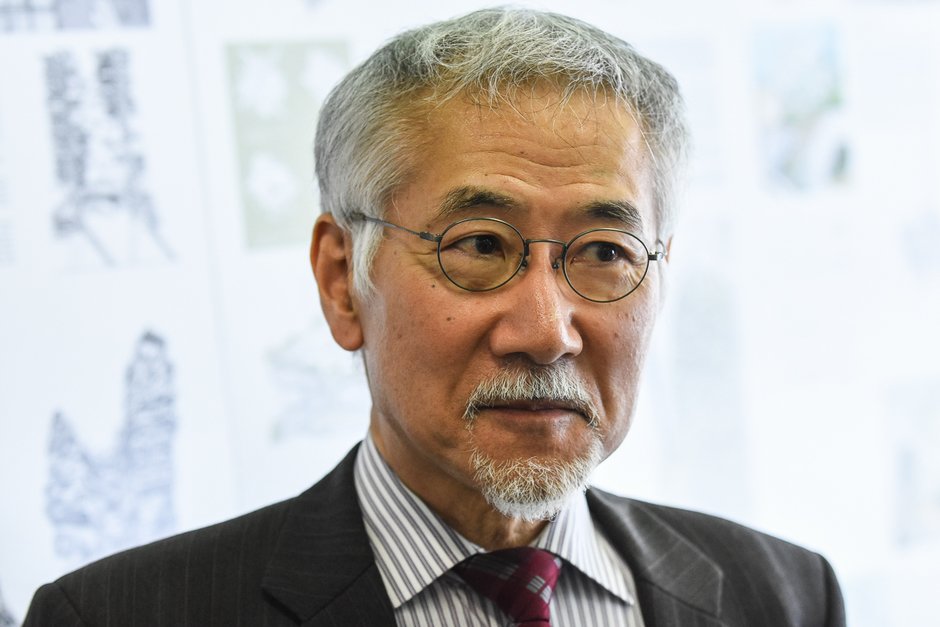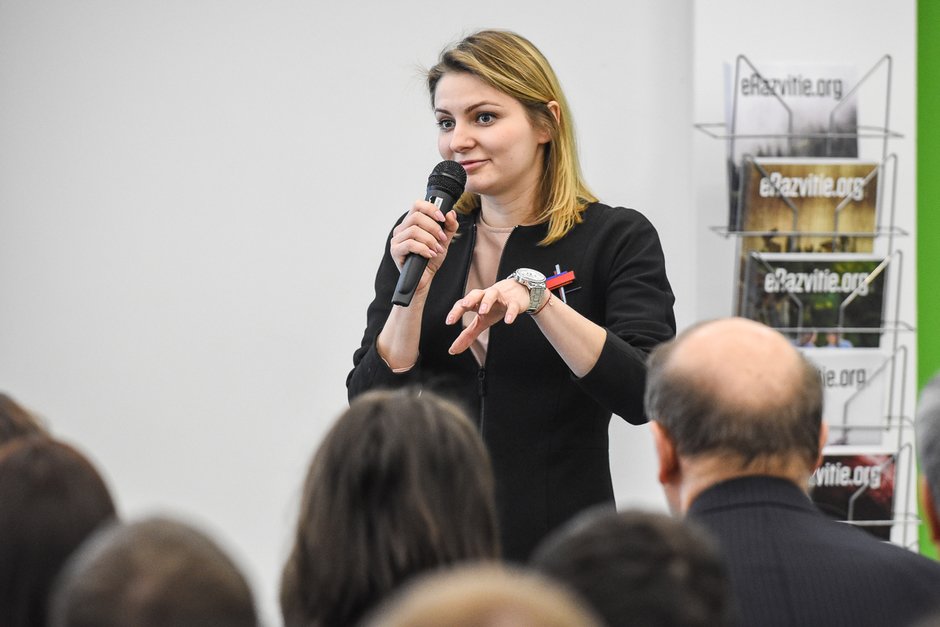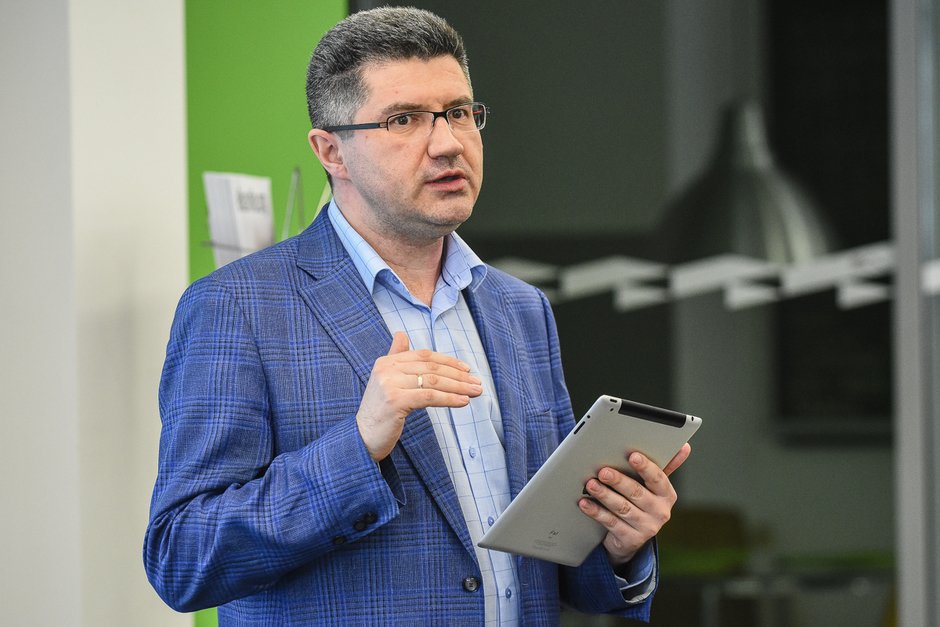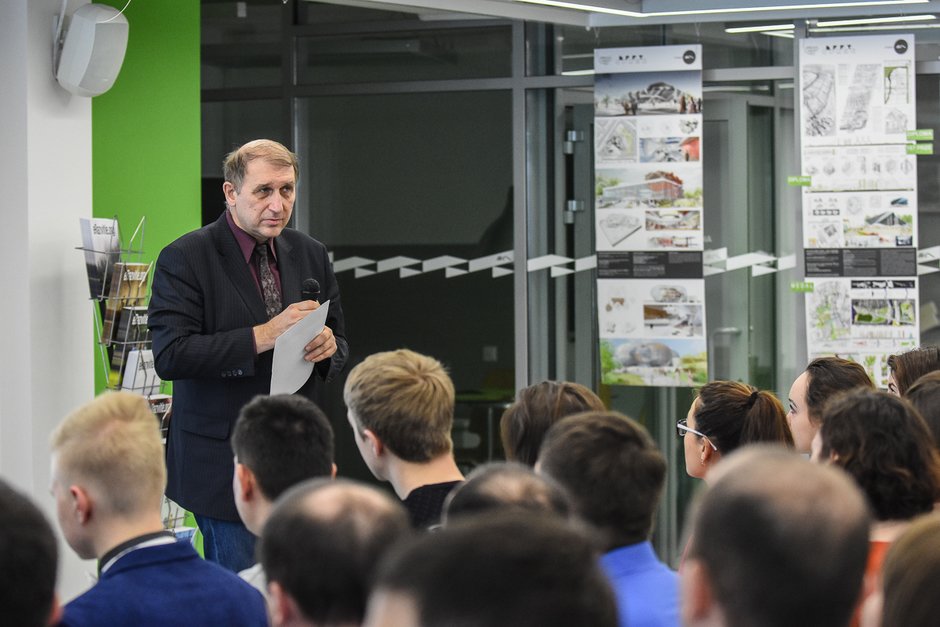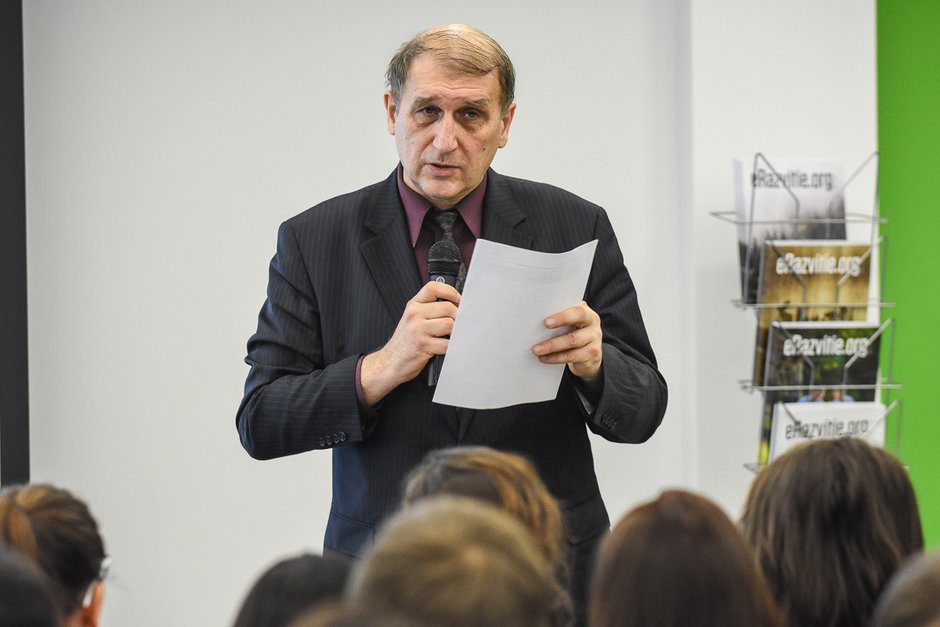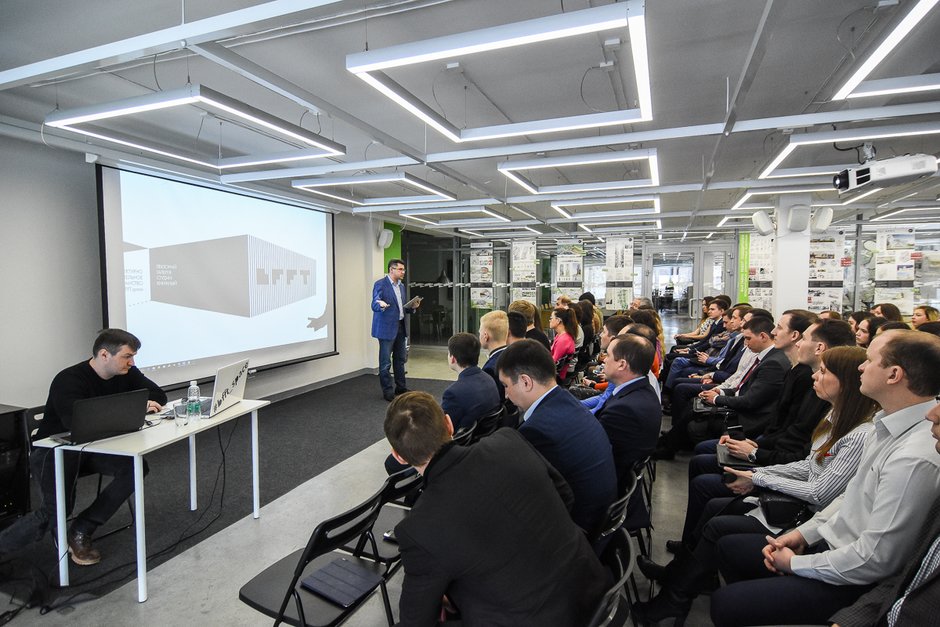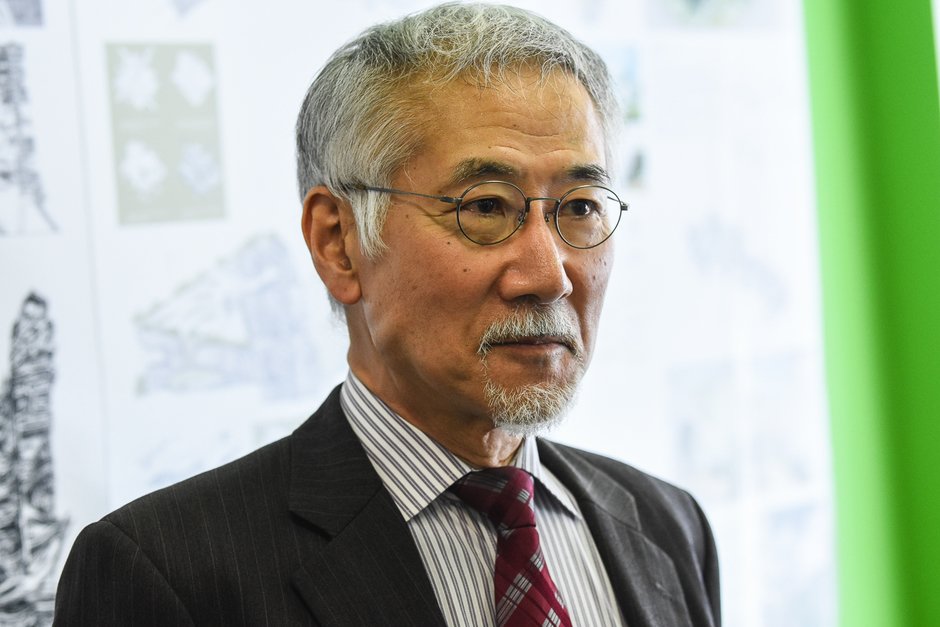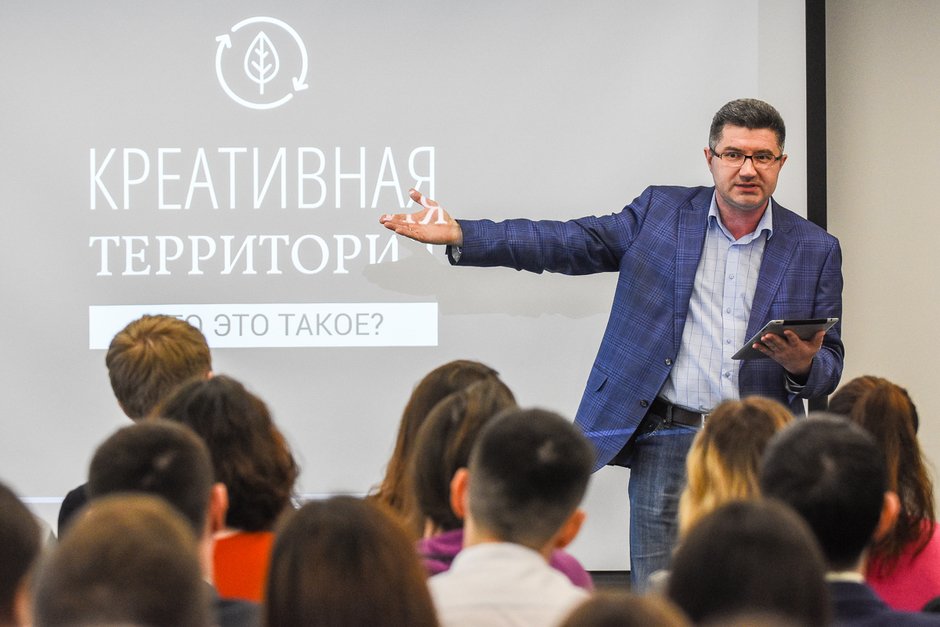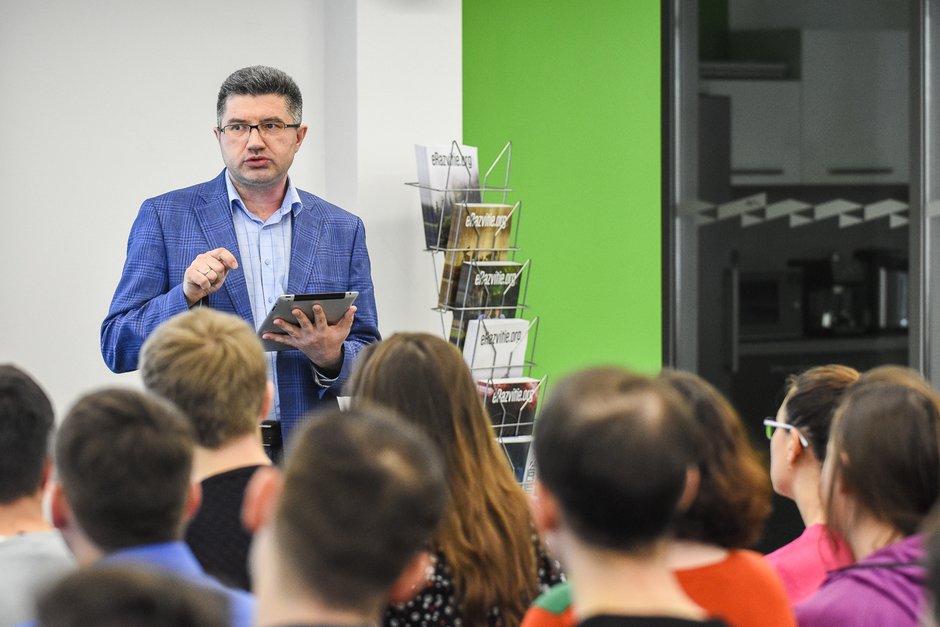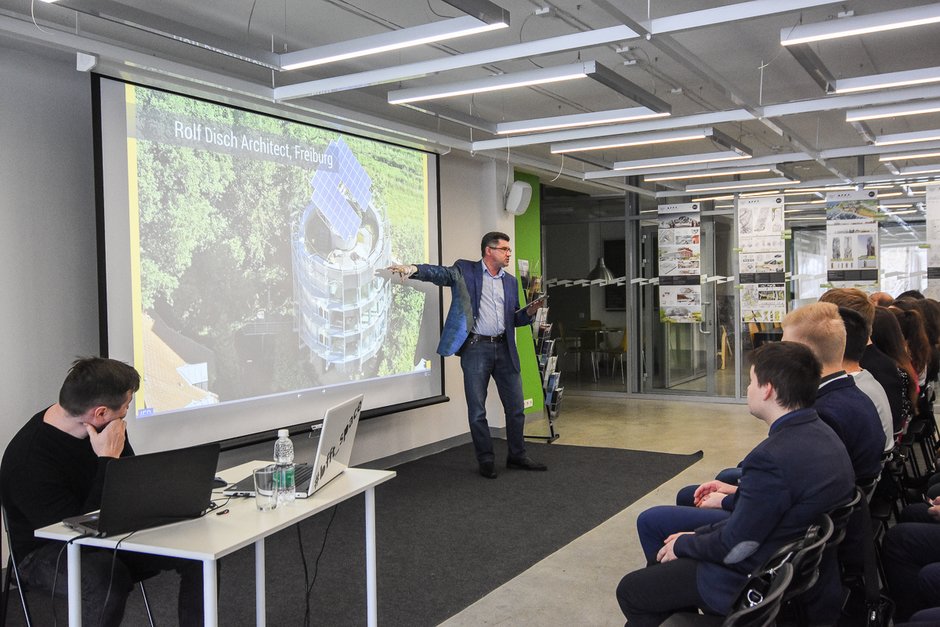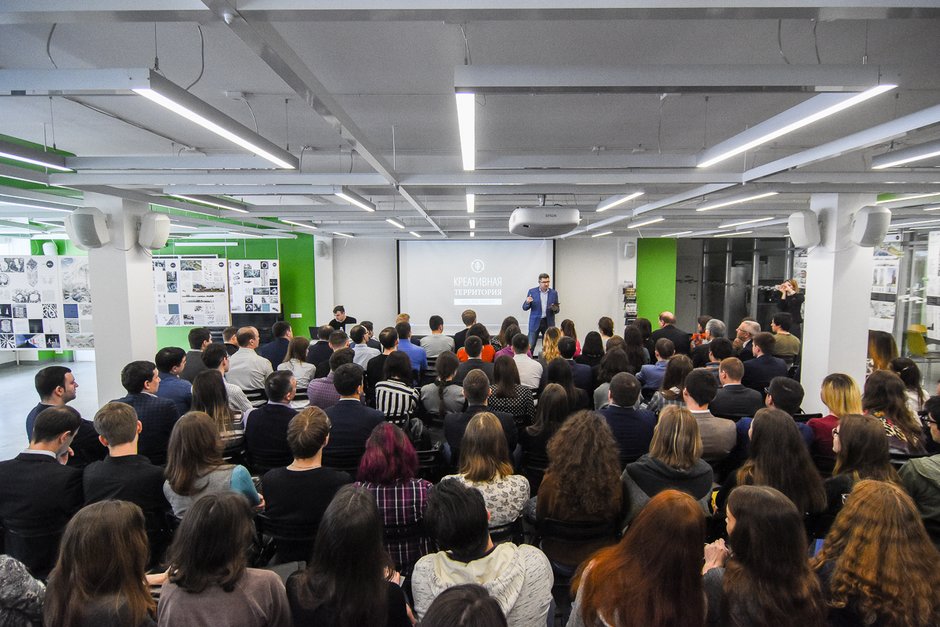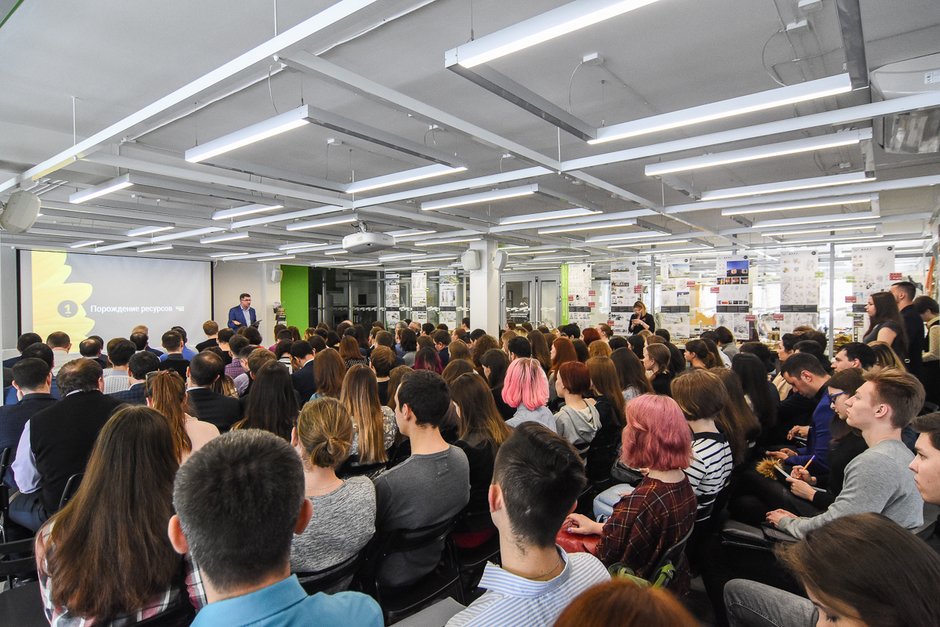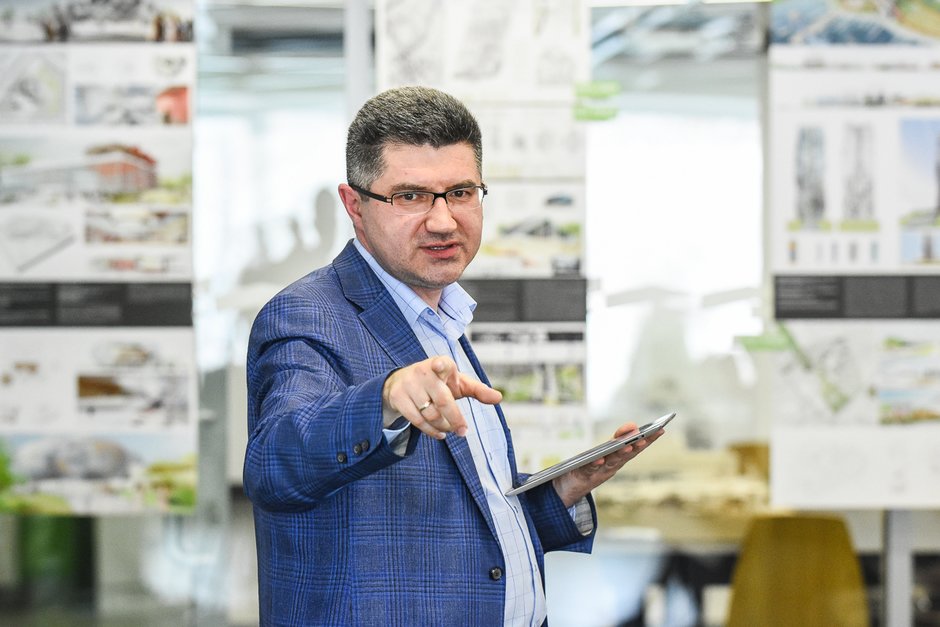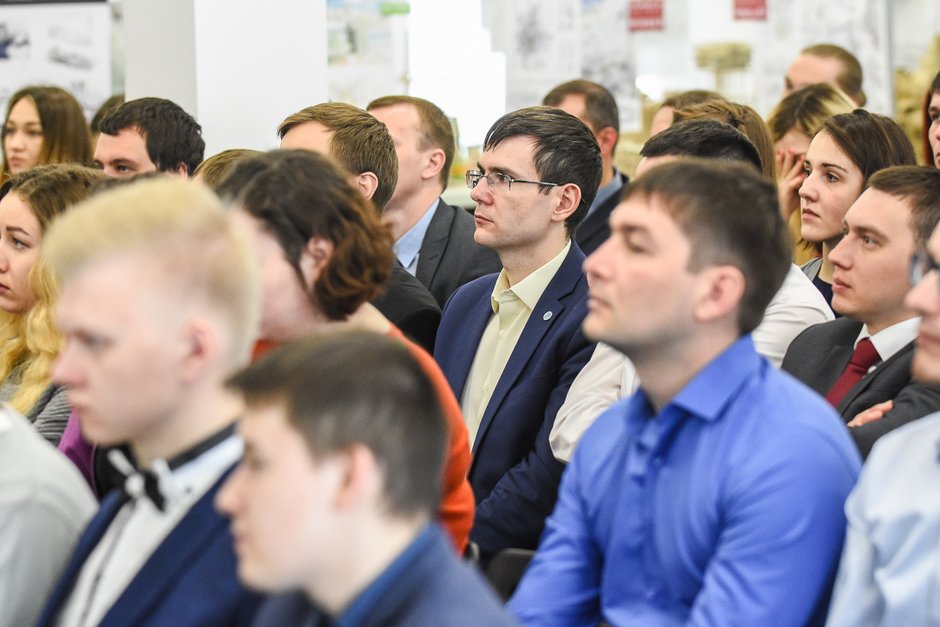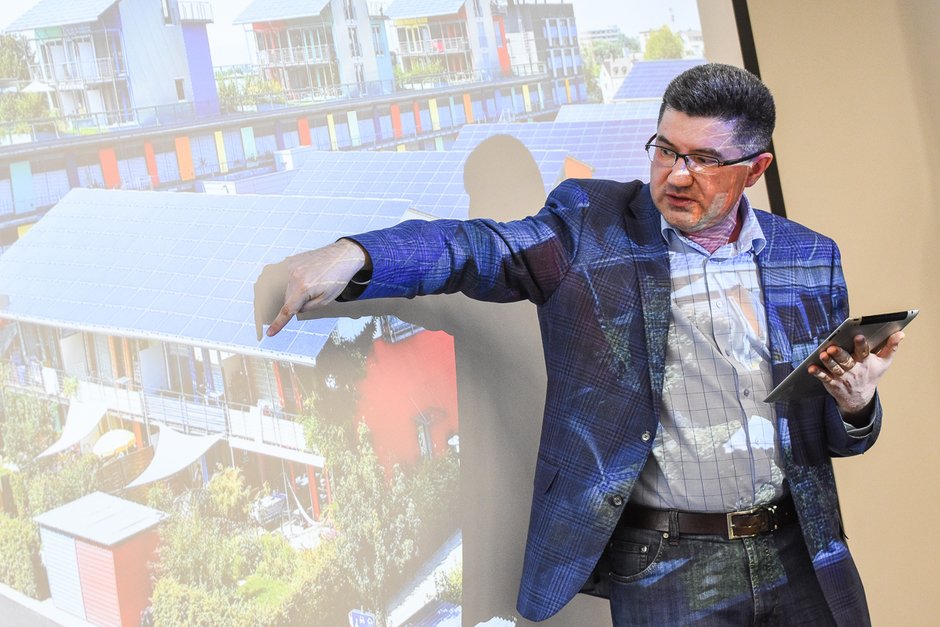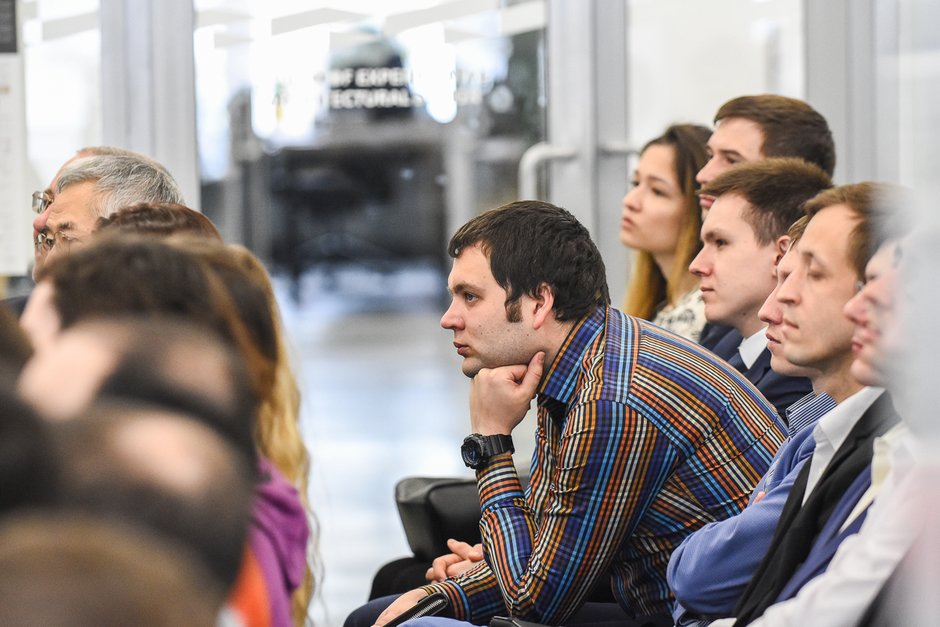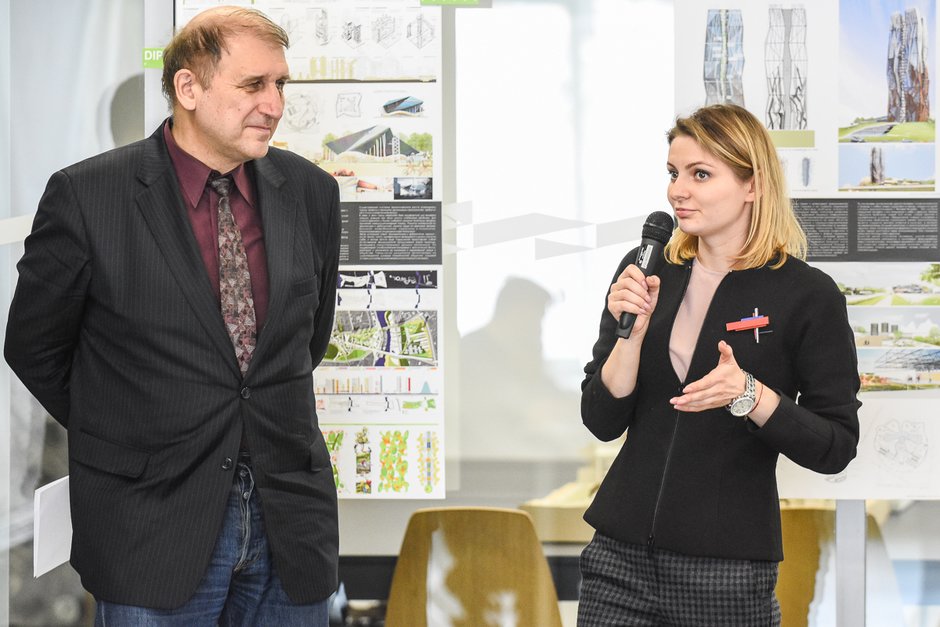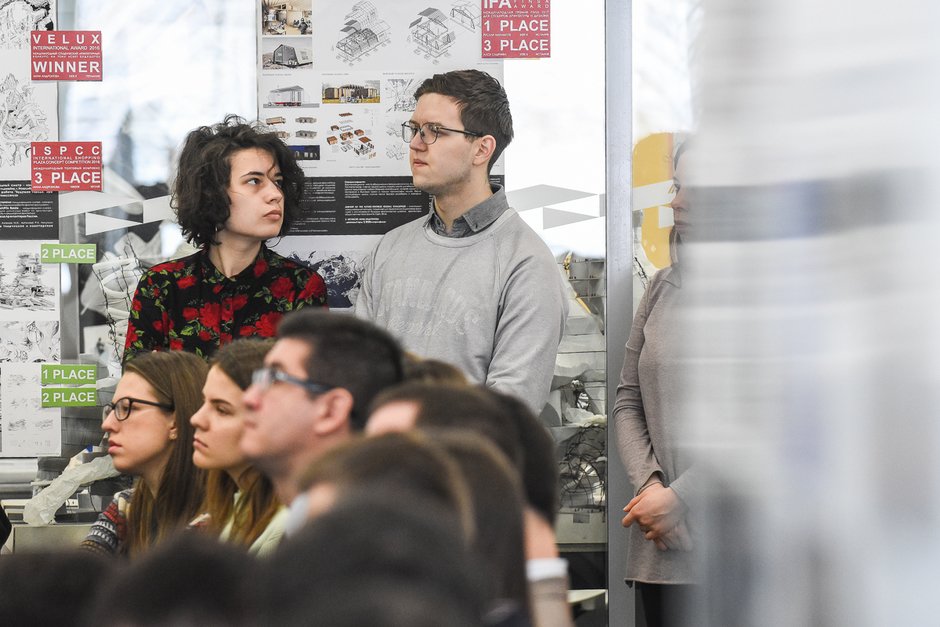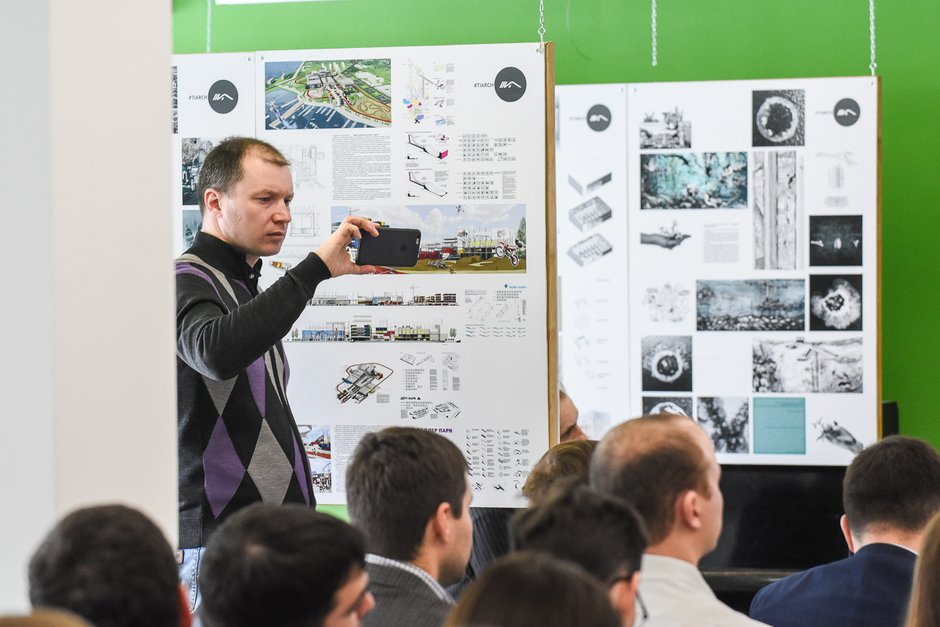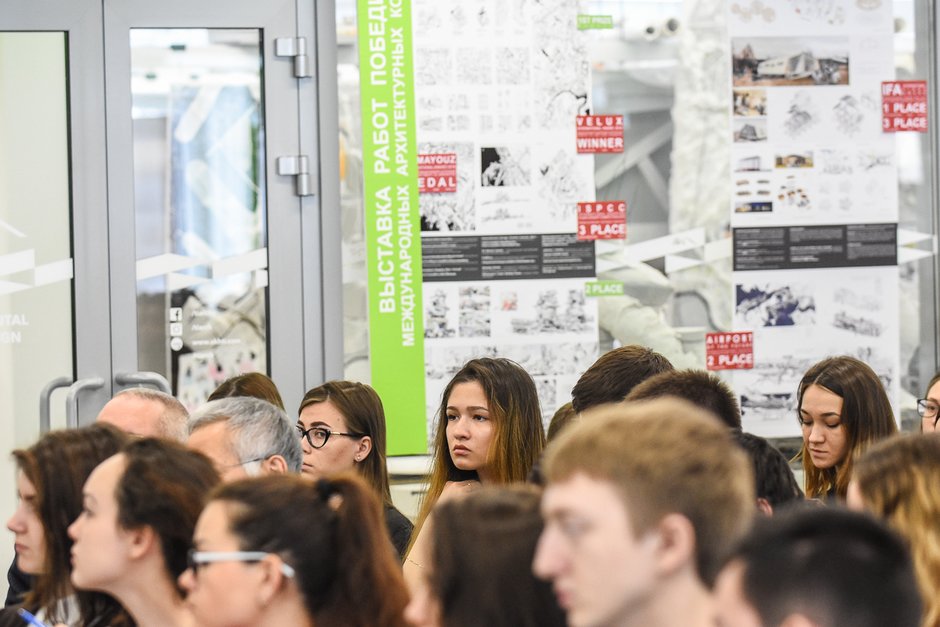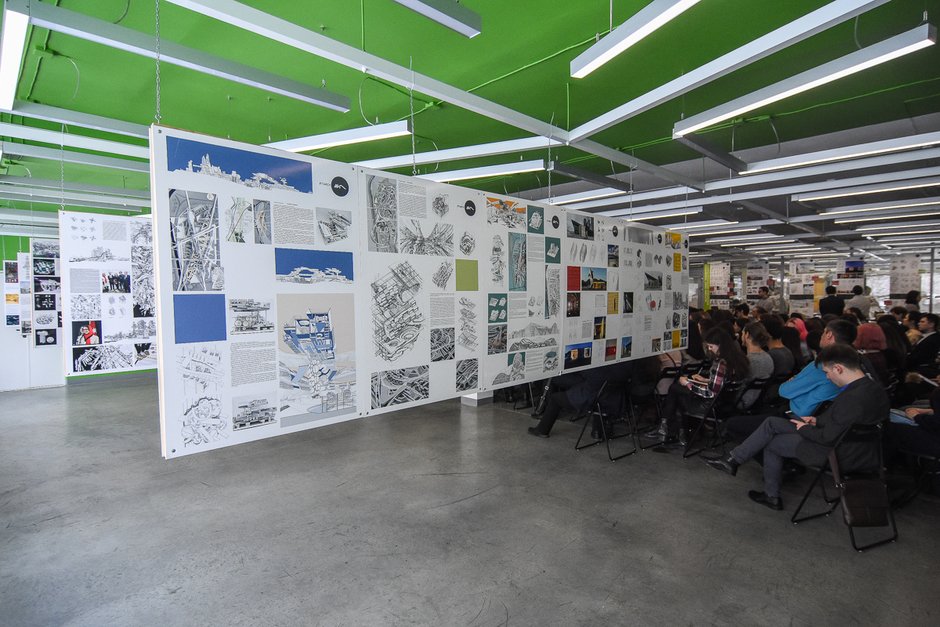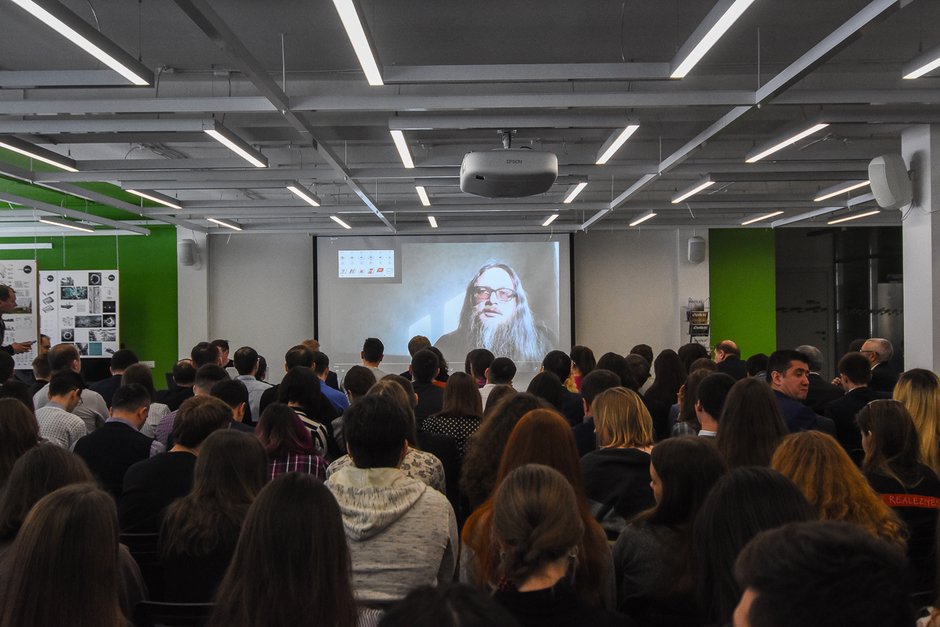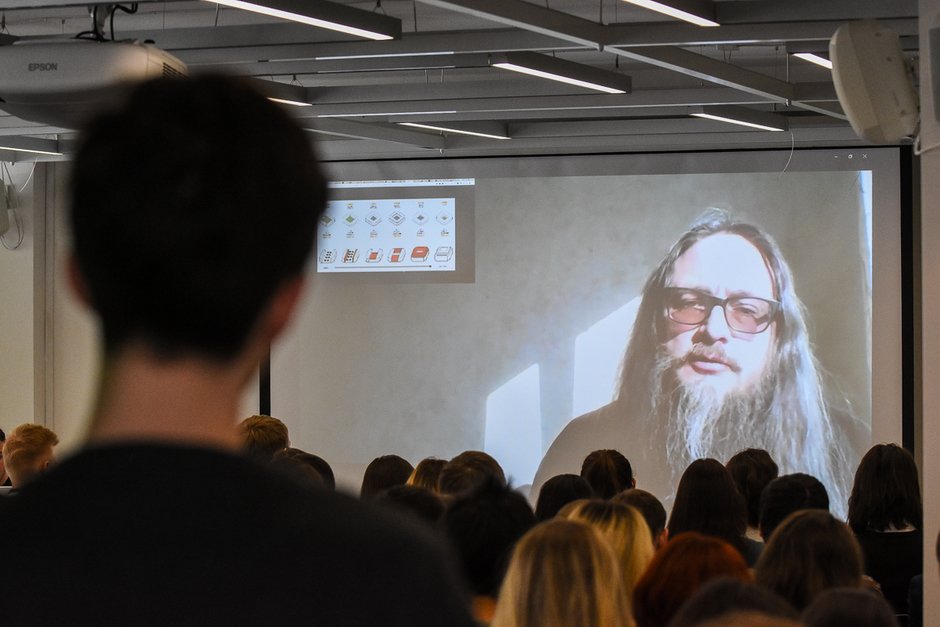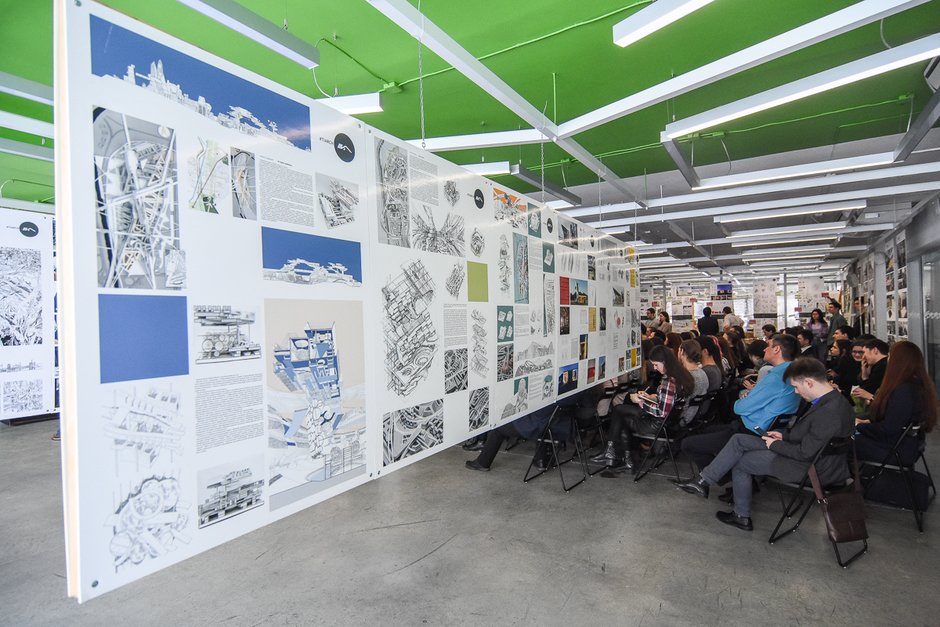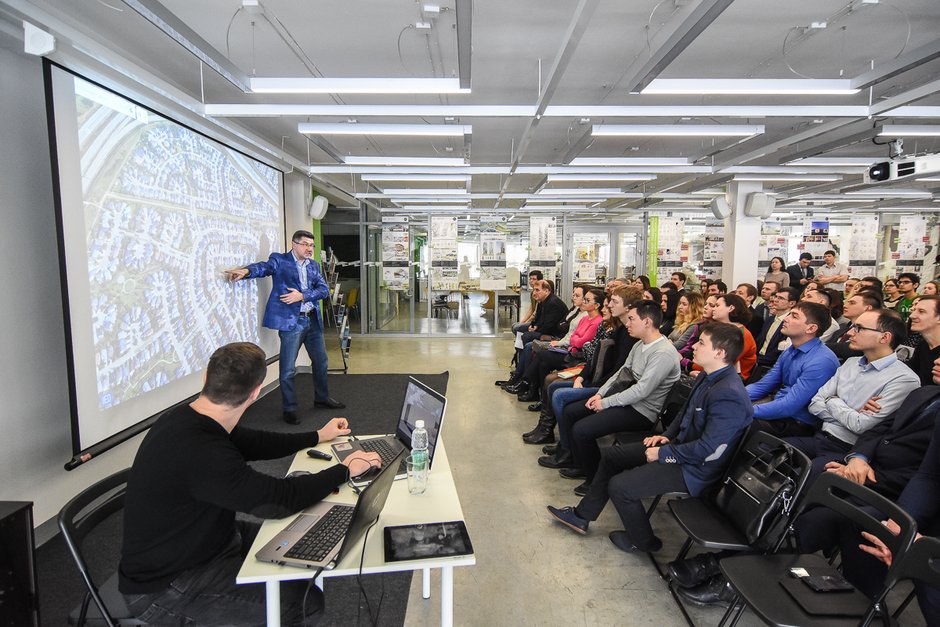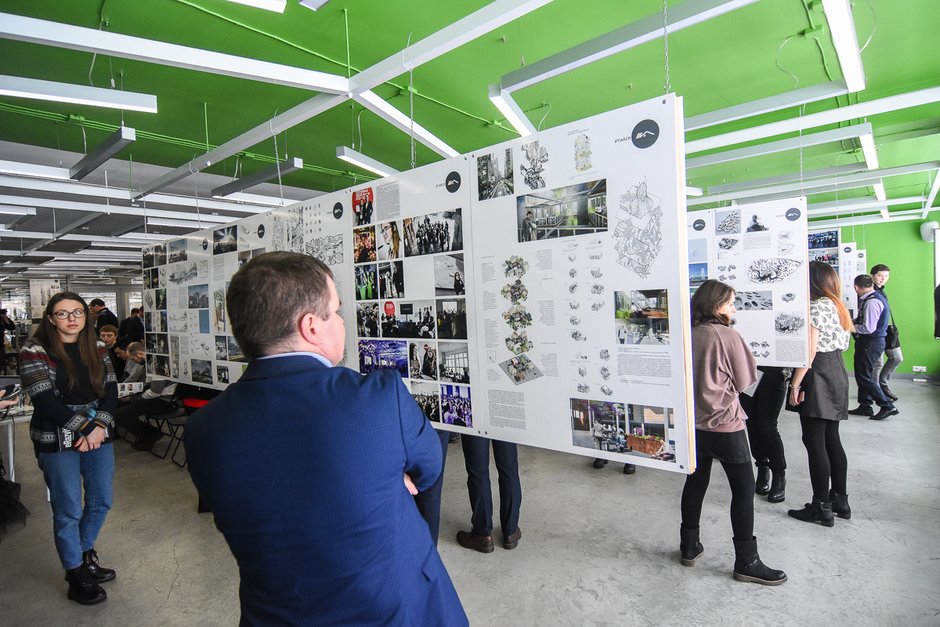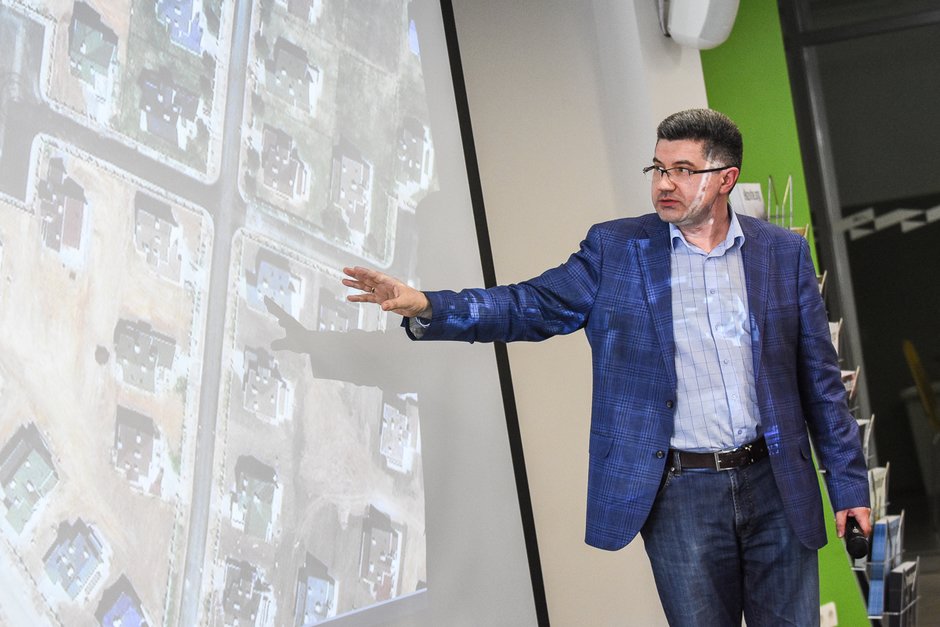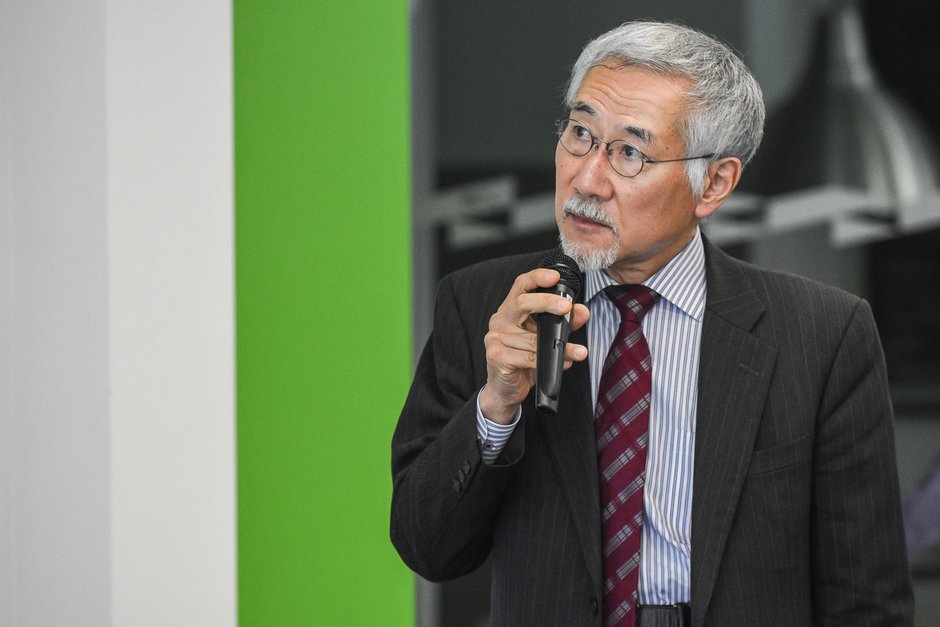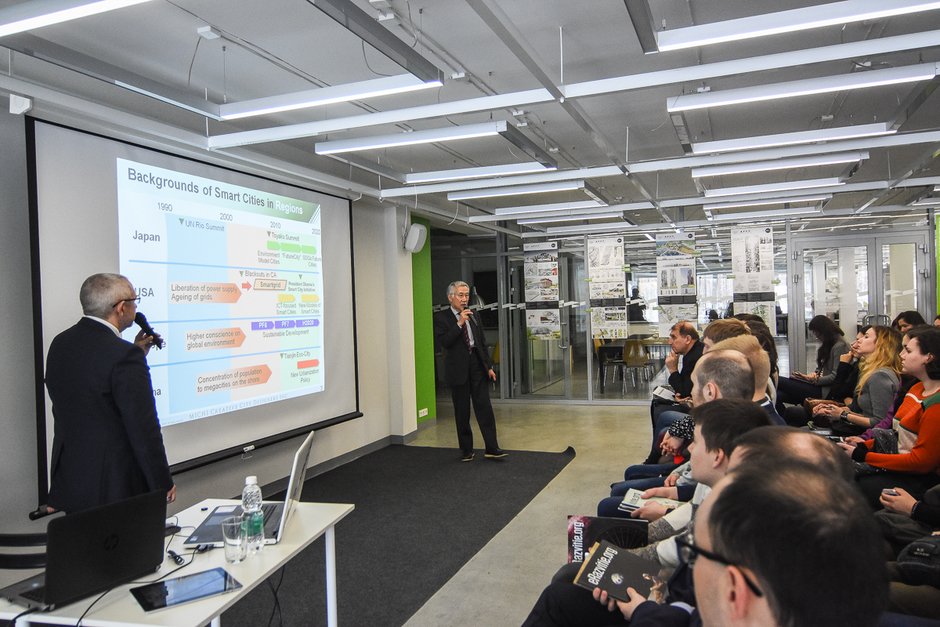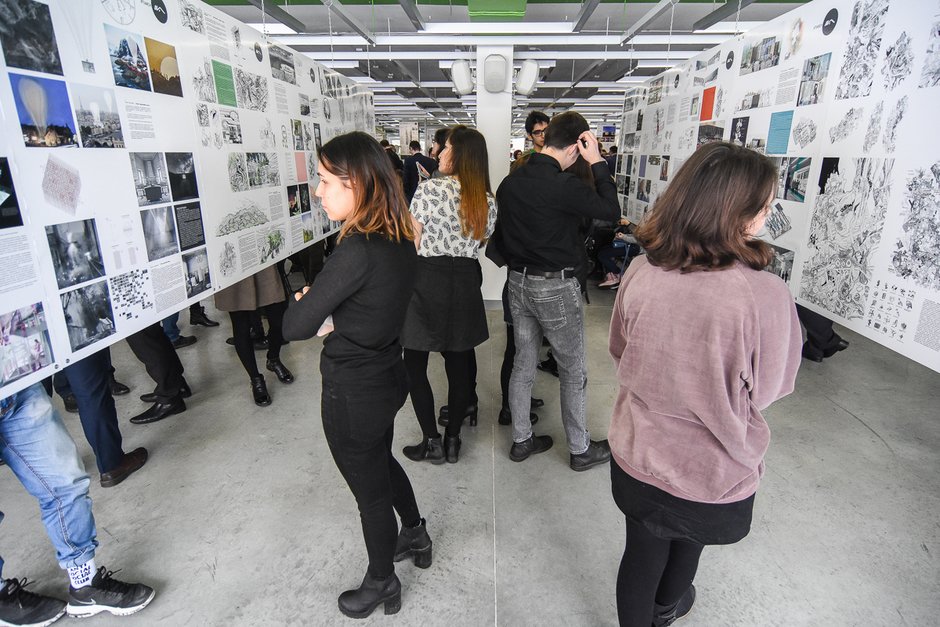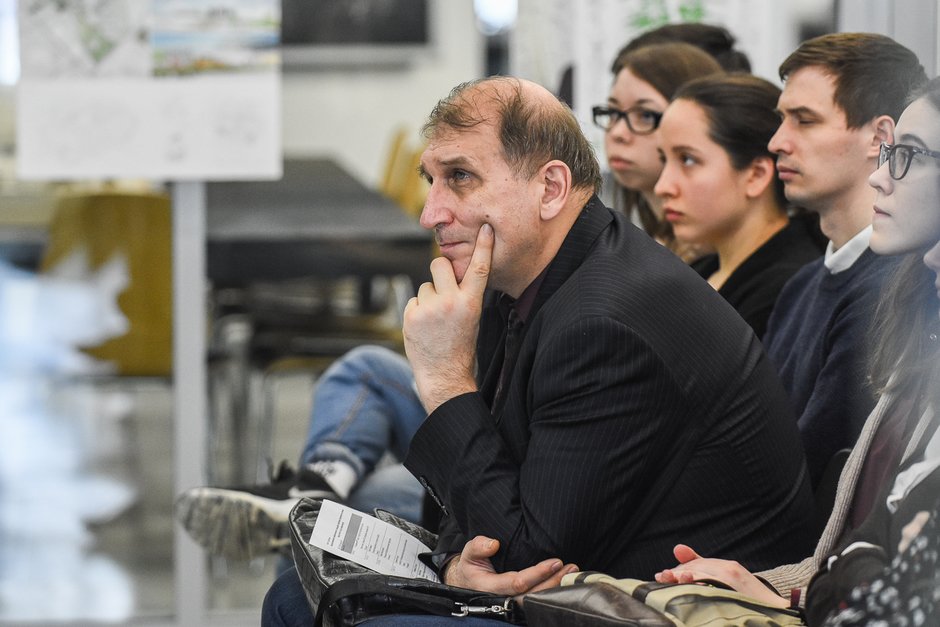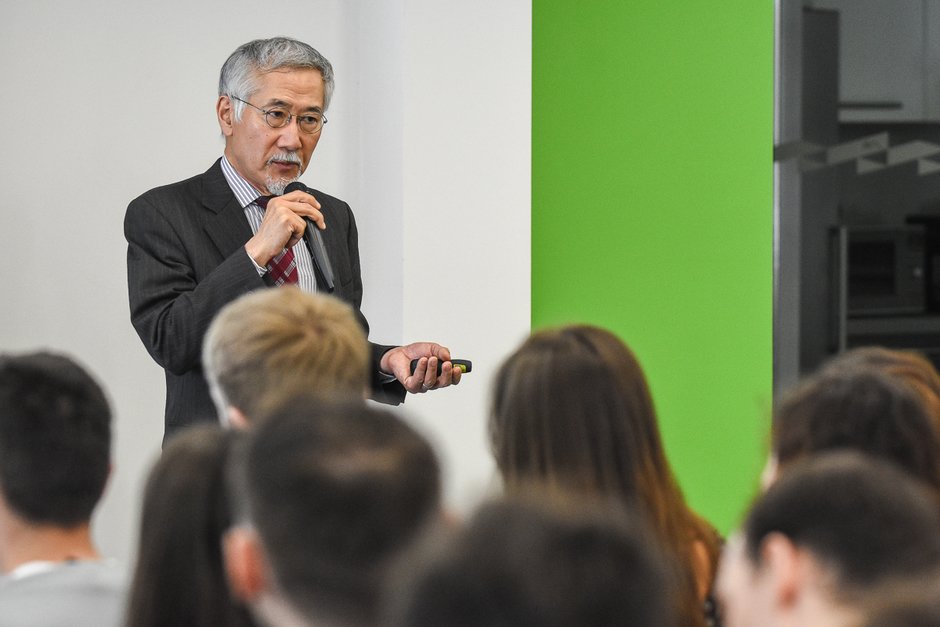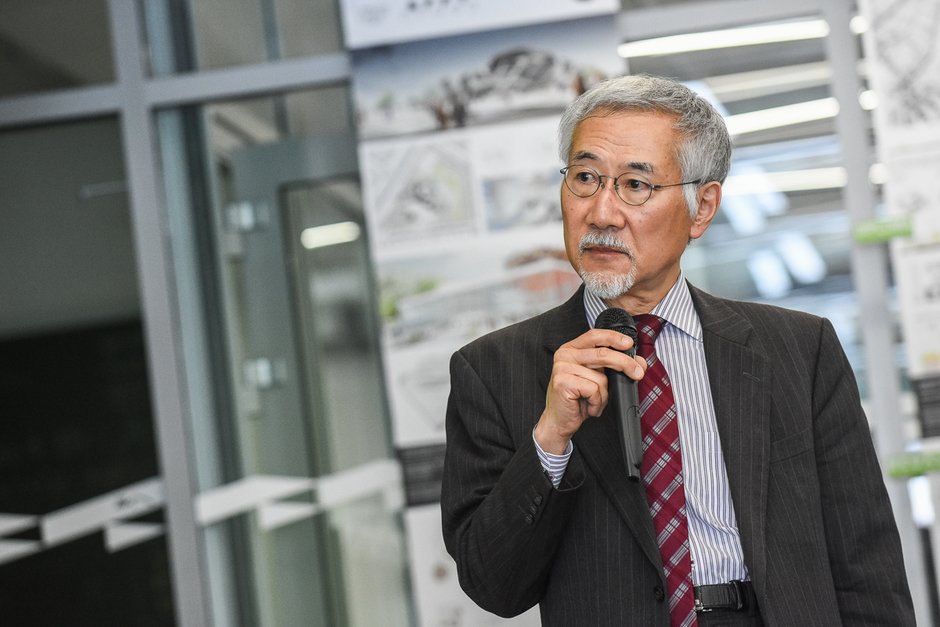''Smart cities won't make us all smart''
Kazan hosts the seminar on development of creative territory
'Smart' future of Russian cities has recently been discussed in the educational space Buffet in Kazan. The event brought together potential participants of the creation of creative territory and experts from various fields. About how the concept of smart city was changing, why technologies are not a priority, and about central players of the new model — read in the material of Realnoe Vremya.
Solar house and farms on the roof
How the city should develop in order to become a smart territory was discussed on Wednesday in the Kazan Architecture and Construction University. Potential builders of the city of the future – student architects, representatives of the business community and energy – attended the event. According to the organizers, those key categories who should be capable of changing and redeveloping.
The choice of the venue was for a reason. The architectural and educational space BFFT.space, or Buffet in Russian, is an innovative platform of the construction and architecture university. The space is designed for experimental design of student architectures, master classes, lectures, seminars. Its difference from Smena or Shtab is that all discussions here have thematic scope — architecture, construction, design. The idea of the project belongs to professors Ilnar Akhtyamov and Rezeda Akhtyamova. The centre is a lecture hall for 150 people, an exhibition hall, creative studios. The space is as transparent as possible from the inside so it was possible to see from the lecture hall through glass partitions what is happening in the studio, and vice versa.
Part of the space is allocated for the studio TIArch, where students pore over their competition entries. And those who go abroad for internships share their experience here with undergraduates.
''Everyone who works in Buffet gets jobs in the university, goes to foreign internships,'' said Ilnar Akhtyamov, the founder of the centre.
The seminar became a continuation of the strategic sessions held by Institute for advanced studies and human resource management in the name of Eugene Shiffers (Shiffers Institute or IAS). Famous Japanese businessman Michinaga Kohno gave a speech at the event. Mr. Kohno described the world experience in creation of smart cities. The models used in Europe, China and Japan have their own peculiarities and differences. The analysis conducted by Kohno is of interest to Russian communities in infrastructure companies, universities and methodological environment.
The main part of the programme started after a minute of silence in memory of the tragic events in the city of Kemerovo. The seminar was opened by Yury Gromyko, the director of Shiffers Institute. In his opinion, the problem of smart cities and creative territories is incredibly important for Russia, where the population is aging and mechanisms of demographic reproduction have been destroyed. On the other hand, there is a huge space of undeveloped territories. The development of infrastructure by energy companies and the creation of models of youth cities are the most important conditions for the formation of active population ready to become a subject of the territory's development.
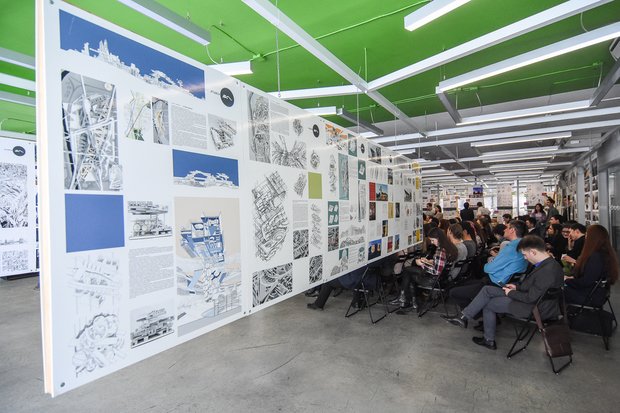
The next speaker was Aydar Fakhrutdinov, the development director at KER-holding, with the report 'The principles of building a creative territory'. The company together with the Kazan State University of Architecture and Engineering (KGASU) and Grid Company was the organizer of the seminar. Fakhrutdinov noted that a breakthrough in the future will be possible if two conditions are met. First, companies should form an excess human capital. Second, specialists' worldviews should be broader than the sectoral framework.
''One can become a pensioner even aged 30 if your worldview is from the past. Pensioner is not about age, it is the way you look at the world. The consumer is changing, the quality of the product is changing. It is necessary to be capable of transforming,'' told the speaker. Aydar Fakhrutdinov cited the rotating house Heliotrope in Freiburg, Germany, as a vivid example of the use of smart technologies. The author of the project is architect Rolf Disch. It is an experimental house that should show people that the house can not only consume energy, but also produce it. Due to the use of solar energy, the house can rotate to track the sun. One side of the house is transparent and the other is isolated. A temperature regime set by the tenant determines with what side to the sun the house turns. In winter, on a sunny day the house turns the transparent side to the sun and heats up with the help of solar energy. In summer, the process is built on the contrary. To avoid too hot temperature, the windows turn on the shadow side, and the rays fall on the insulating material, which is practically not heated. On the roof of the house there are solar panels that can be rotated in any direction and tilted at an optimal angle to the sun. The budget for the creation of such house is about 1,2 million euros.
''I've talked to one of the residents of this house. He's a retired mathematician. So, according to him, the economy is plus 200 euros a month. That means that the state pays the resident 200 euros each month for electricity supplies,'' the expert said.
Another interesting example — farms on roofs of houses. The US leads in this field. As an experience, Aydar Fakhrutdinov told about the startup Food Roof Farm. His team rented a roof of a local building, agreed with all supervisory authorities to change the loads, changed the project documentation and broke the farm. A great deal of work has been done.
''They constructed water insulation, brought soil, paved seedbeds, installed paths, planted the plants. Now they take care of all of this like of a regular farm,'' said the speaker.
The project invested in the housing and communal services of St. Louis to reduce the burden on the infrastructure of the city, including in stormwater runoff. Following the logic, if the area of gardening on roofs is high, after rains the quantity of drains will decrease. At the same time, the startup donated 60% of products to the centre for the homeless, 13% of the farm was reserved for public garden, where people grow food for themselves and their families. The company sells all the rest to restaurants.
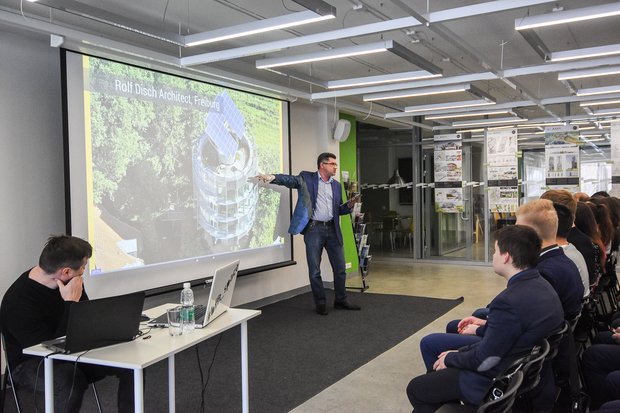
The third interesting project is the solar vegetarian company Green-Peak in the city of Kovrov, about 250 km (155 miles) northeast of Moscow. It is a greenhouse of new generation for cultivation of bio-products 365 days a year. The project involves the symbiosis of several different systems. On the one hand, usual manure that comes from the barns of other farmers, and the activities of worms-miners, in the development of which the businessman invested. These worms produce humus. Then the biohumus is used in vegetariums.
''It turns out that there is a chain: the excess of manure is taken from classic farmers and therefore there is no poisoning of the soil, worms produce biohumus, constantly processing manure, and a solar vegetarium consumes this biohumus and allows to harvest all year round,'' said the development director of KER-holding.
Two waves of hype
According to famous urbanist Daniyar Yusupov, smart cities will not make us all smart. The architect from St. Petersburg shared his thoughts via Skype. The key idea of his speech was that the most important problem of the smart city is the problem of self-government and community interaction.
''Smart infrastructure in the absence of the subject instantly becomes a group. And the task of architects of new generation is to look for, to find forms of self-government of the city,'' Yusupov outlined the prospects.
The key report of the seminar was the lecture by Japanese businessman Michinaga Kohno. The speaker has worked in different managerial positions in Hitachi Corporation for more than 40 years, and 5 years ago he founded Michi Creative City Designers Inc. aimed at development of smart territories.
''I have been working with the concept of smart cities for a long time. I have visited many of them. It is difficult to talk about it because everyone has different understanding of the essence of the model,'' Mr. Kohno began his speech.
According to him, smart city model originated in 2000 at the summit in Rio de Janeiro, where environmental and global issues were discussed. Each territory had its own reasons for the emergence of a new model. In the United States, smart city appeared as a response to the consequences arising from the liberalization of energy market. In Europe, environmental pollution was at the forefront. In China, there appeared the trend of mass concentration of people in megapolices: the population was leaving provinces. In Japan, after a major earthquake, there was the lack of electricity.
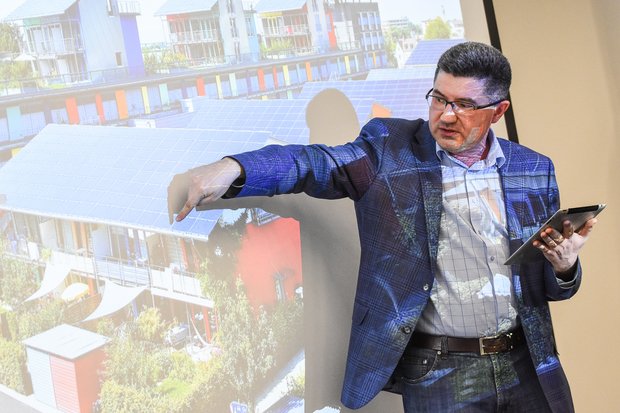
The hype around smart cities emerged in the period of 2008-2012. The idea was to create a new value. Another idea (like it was in Japan) was based on the need to use renewable energy sources and energy management systems. And then there came the disappointment because the network for these cities was created without any purpose. All this, in turn, gave rise to mistrust on the part of municipalities to those technology companies that offered the services.
In Europe and Japan, they assured that, on the one hand, new energy efficiency systems attract new businesses. But then it turned out that it was very difficult to find a viable business model that would fully manage energy. In those houses where energy efficiency systems were introduced, the first year or two they saved up to 10-15% of energy, but two years later inhabitants began to get tired of attempts to save energy, told Michinaga Kohno.
The second wave around the concept of smart city arose in 2014-2015. At this time there appeared a fundamentally different line — smart city was called to solve a particular problem.
Each city has different problems, today it is the form of design and creation of a society of the future, the speaker noted.
Smart technology in practice
Kohno provided several examples in this regard. For example, in Japan they established the city of Yokohama. It is the largest energy consumption management project. The territory covers three districts and involves 420,000 people in 170,000 households. Another Japanese city, the City of Kitakyushu, introduced a new waste management system, which was then adopted by many Asian cities.
In the US, it is the cities of Portland and Columbus. Portland has always been known for its youth. The city has a high level of growth of young population. According to locals, Portland is a human-sized city, one block occupies no more than 60 metres. That is why it is causing quite a stir among young people. Everything in the city, whether it's benches or tramways, is close to each other so people can communicate. This may serve as example for the city of Innopolis, Kohno noted.
Columbus, Ohio, won the competition Smart City Challenge of the US Department of Transportation. The allocated funds will be used for the implementation of the winning programme, which includes the development of transport system. In addition to the overall improvement in the standard of living in the city, Columbus is trying to solve the acute problem of child mortality, which is four times higher than the national average, through the implementation of these measures. The improvement of the transport system may reduce these indicators, the authorities assure. At the same time, Columbus ranks first in terms of growth rate of startup activity and their expansion. The city is going to attract a startup to create a special application that would help disabled people to use urban public transport. Also, in poor areas, remote from the city centre, Columbus authorities placed touchpads. So, if a person urgently needs hospitalization, he or she can press the help button. Uber taxi will arrive on this call and take the person to the hospital.
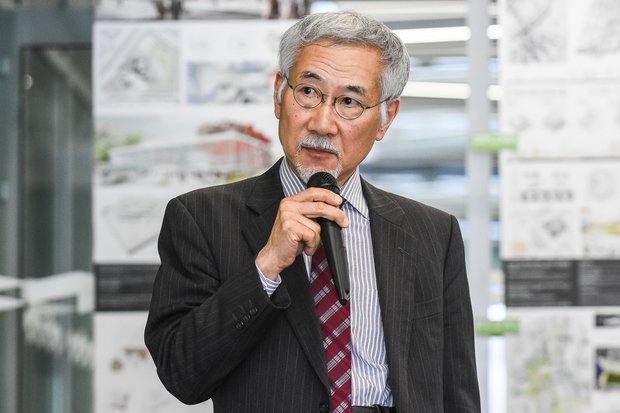
In the UK, the city of Bristol is one of the leaders. Locals call it a programmable city. Like Portland, Bristol has an objective to attract young people. The Bristol University is engaged in research in the field of telecommunications, so they invite people interested in telecommunications startups.
In China, there is the eco-city of Tianjin. A joint project with Singapore has already begun to receive the first settlers. It is planned to complete the creation of the city by 2020. A heavily polluted site without access to fresh water was specially selected for the construction of Tianjin to prove that such projects are feasible anywhere. According to the plan, in the eco city it is planned to provide circulating water supply, like in space stations, a full transition to alternative energy — solar and wind energy.
''During the first boom of smart cities the concept was controlled by technology,'' Michinaga Kohno moved to the next block of the speech. At the time, the main players were providers of technological solutions and defenders of the industry's interests. According to the speaker, the need to solve problems is now at the head. These solutions are provided by technology. And residents, municipalities and communities have become major players today.
Today people have the understanding that smart city is not an energetically advanced city with smart networks and the Internet of things. The smart city is a city that can look inside and determine what problems face it, what residents need. The smart city is not an end in itself, concluded the Japanese businessman.
In the second part of the event, students of KGASU shared their experience in international projects, and the representative of HART told about new type of intellectual tools such as virtual and augmented reality. The speakers told what technologies are already used by businesses in Kazan on the example of planning the development of the shopping centre Mega, the construction of residential houses by Unistroy and the design of a new engineering center of KER-holding. The seminar ended with the presentation of the book by Michinaga Kohno about creative cities.

